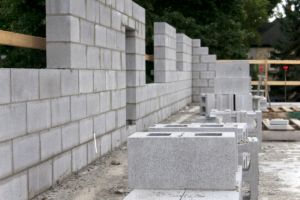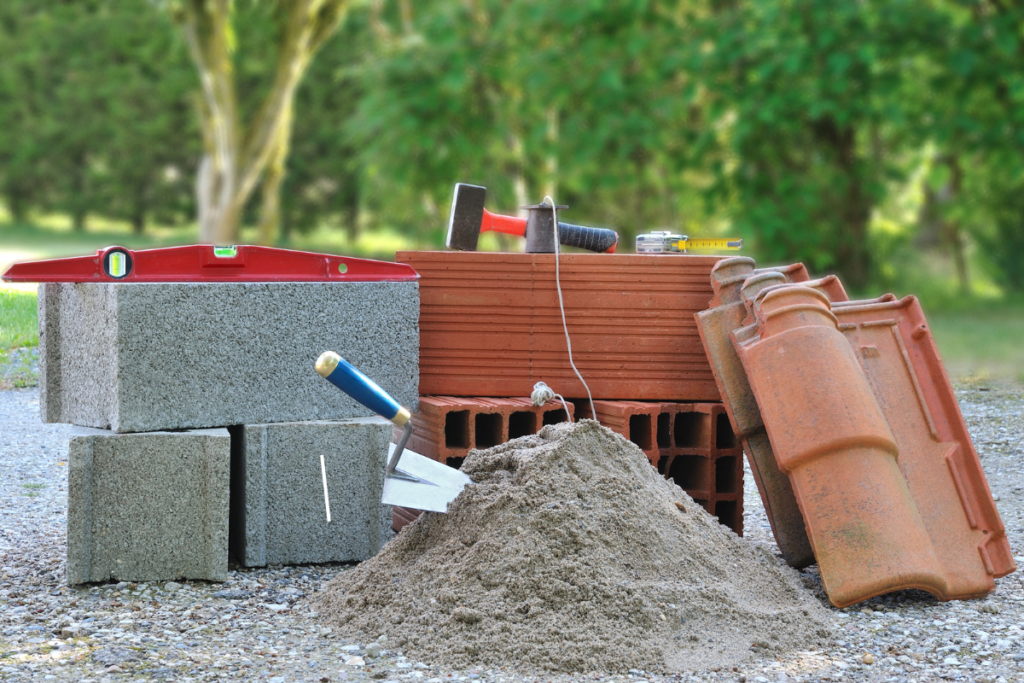 Masonry Cost Analysis: Essential Insights for Budget Optimization
Masonry Cost Analysis: Essential Insights for Budget Optimization
In the construction world, understanding costs is crucial, and masonry is no exception. A thorough masonry cost analysis can be the difference between a project that stays within budget and one that spirals into unexpected expenses. For homeowners, architects, or project managers alike, assessing masonry costs allows for efficient budgeting and helps ensure that resources are used effectively. This article dives into essential factors affecting masonry expenses and provides strategies to keep costs in check without compromising on quality.
Understanding Masonry Costs
Masonry costs vary based on several key components, such as materials, labor, project size, and environmental factors. Conducting a masonry cost analysis enables project managers to pinpoint areas where adjustments can be made to align with financial goals. Let’s examine these cost factors in detail.
1. Materials: The Foundation of Cost
Materials play a pivotal role in determining masonry expenses. Different materials have varying price points, each offering unique attributes and suitability for different applications. Here are the main types:
- Bricks: Known for their durability and aesthetic appeal, brick costs can vary widely depending on the quality and finish. Handmade bricks, for instance, are typically more expensive than machine-made options.
- Concrete Blocks: These are often used for their structural stability and cost-effectiveness. However, the price can rise if specific shapes, sizes, or finishes are required.
- Stone: Natural stone, such as granite or limestone, tends to be pricier due to its weight and the labor-intensive installation process. However, manufactured stone veneers provide a more economical alternative.
- Mortar and Grout: Essential for binding masonry units, the type and amount of mortar can influence the total masonry cost. Specialty mortars for enhanced durability or aesthetic appeal often come with a higher price.
A comprehensive masonry cost analysis considers not only the price of these materials but also their transportation and waste management, which can significantly impact the overall budget.
2. Labor Costs: The Work Behind the Walls
Labor is often the most substantial portion of masonry expenses, with costs depending on skill level, region, and the complexity of the project. Skilled masons command higher wages, but their experience and expertise can lead to faster project completion and higher quality work.
- Basic Labor Costs: Hiring a general laborer for simple masonry tasks can be cost-effective, but this may lead to longer project times and potential issues if the work requires high skill levels.
- Specialized Labor: Projects demanding intricate designs or advanced structural knowledge necessitate skilled masons, which increases labor costs. However, investing in skilled labor can reduce long-term repair and maintenance costs.
Including a detailed labor section in a masonry cost analysis helps decision-makers gauge the most effective allocation of human resources.
3. Project Size and Complexity
The scale and intricacy of a project are major factors affecting masonry costs. Large-scale projects may benefit from economies of scale, but complex designs with intricate details often require specialized labor and materials, increasing expenses.
- Residential vs. Commercial: Residential masonry projects typically incur lower costs than commercial ones, as commercial projects often have strict safety and regulatory requirements.
- Structural Complexity: Projects with curved walls, arches, or unusual shapes demand extra labor and specialized techniques, which can raise masonry costs.
Understanding project scope in a masonry cost analysis allows for more accurate budget predictions and resource allocation.
4. Environmental and Site Considerations
Project location and environmental factors, such as climate and soil composition, can impact masonry costs. An analysis must consider these elements to prevent unexpected expenses.
- Climate Impact: In areas prone to freezing temperatures, it may be necessary to use materials and techniques designed to withstand expansion and contraction, adding to costs.
- Soil and Foundation Preparation: Unstable or uneven soil requires additional foundation work, which can significantly increase the masonry costs.
- Location-Specific Regulations: Some regions have regulations that mandate specific materials or techniques, impacting both labor and material costs.
Including these elements in a masonry cost analysis helps ensure that budgets accurately reflect the necessary preparations for each unique project environment.
5. Additional Cost Factors: Equipment, Waste, and Permits
- Equipment: Projects that require cranes, scaffolding, or other specialized equipment will incur additional rental or operational expenses. Depending on project duration, equipment rental can represent a significant part of masonry costs.
- Waste Management: Materials such as stone and brick create considerable waste. Factoring in waste disposal fees and recycling opportunities can help maintain a sustainable and cost-effective project.
- Permits and Inspections: Many projects require permits, which come at a cost. Additionally, regular inspections during construction can reveal necessary adjustments that may affect budget allocation.
A comprehensive masonry cost analysis takes these hidden expenses into account to avoid budget surprises.
Effective Strategies for Reducing Masonry Costs
Reducing masonry costs without sacrificing quality involves a mix of smart planning and resourceful budgeting. Here are some proven strategies:
- Select Cost-Effective Materials: Opt for manufactured materials or blends of natural and synthetic stones to balance quality with budget needs.
- Efficient Design Planning: Simplify designs wherever possible to reduce labor and material costs, especially for non-structural elements.
- Invest in Skilled Labor: While initially more expensive, skilled labor often reduces rework and long-term maintenance expenses, making it a cost-effective choice.
- Consider Seasonal Scheduling: In regions with fluctuating labor costs due to seasonality, scheduling a project during off-peak months can save on labor expenses.
- Regularly Monitor Expenses: Tracking costs throughout the project allows for quick adjustments, helping to keep expenses in line with the initial masonry cost analysis.
A well-executed masonry cost analysis enables you to make informed decisions that balance budget constraints with the quality and longevity of the project. By assessing materials, labor, project complexity, environmental considerations, and additional factors, you can develop a comprehensive budget that minimizes unexpected costs and ensures a successful build. Implementing the strategies discussed can further enhance cost efficiency, helping you achieve a durable and aesthetically pleasing structure within budget.
Are you looking for the best estimating services in USA?
Look no further than “https://zionestimating.com”
They are offering top-notch services like;
- Construction/cost estimation
- Budget planning
- Material takeoff
- Equipment estimation
and further more!!!
Here are some more information for your convenience:
Phone no. : +1 718-427-9941 || +1 562-383-6177
Email:[email protected]
Visit their blogs and site
https://zionestimating.com for the latest updates and service tips!
